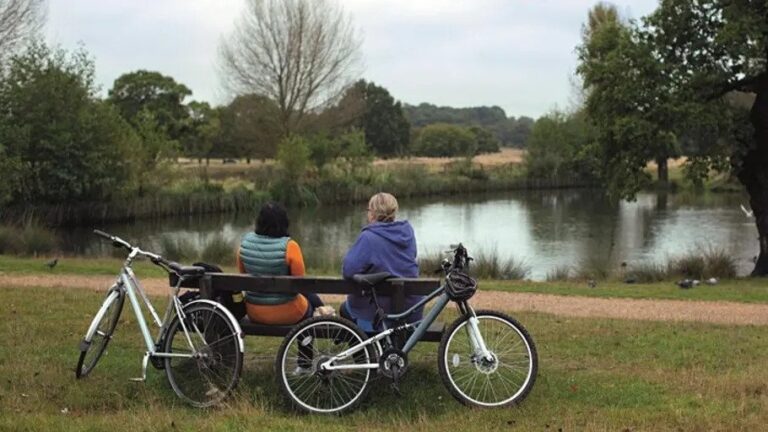The Kings Fund describes Social Prescribing as ‘a means of enabling health professionals to refer people to a range of local, non-clinical services’. It aims to address individuals’ needs holistically and to support people to take greater control of their health. While referrals generally, come from professionals working in primary care (such as GPs or practice nurses), they may also come from a range of other community or health settings. London Plus* has produced the helpful, diagram below summarising the three stages of the process – ‘the Social Prescriber’, ‘the Social Prescribing’, and ‘the Social Prescription’. It’s worth noting that self-referral’ is increasingly being recognised as a form of Social Prescribing and that the Social Prescriptions, themselves, are predominantly provided by the Voluntary Faith and Social Enterprise (VCFSE) sector.

The Social Determinants of Health
Social Prescribing is based on the premise that our health is primarily determined by our social, economic, and environmental circumstances and the extent to which we feel a sense of control over our lives and health and are socially connected, etc. This concept is known as the Social Determinants of Health (see diagram below). The Health Foundation identifies that ‘access to health care could account for as little as 10% of a population’s health and wellbeing’. In this context, it may not be surprising to learn that, GPs spend around one fifth of their consultation time on patients’ non-health issues.
A brief history of Social Prescribing
Social Prescribing was developed to address these social determinants of health. The Bromley by Bow Centre in Tower Hamlets, East London is often cited as one of the pioneers of Social Prescribing. Other Social Prescribing services were developed and established across the country in the 1990s and 2000s. Recognition of the role and need for Social Prescribing has led to its inclusion in the NHS Long Term Plan in 2019 as one of 6 components of Universal Personalised Care. Personalised care aims to support people to have choice and control over the way their care is planned and delivered. It’s based on ‘what matters’ to the individual and their personal strengths and needs.
Social Prescribing in London
As a result of its inclusion in the NHS Long Term Plan, Social Prescribing has been systematically rolled out as a part of the national NHS infrastructure. We are estimated to have over 70 Social Prescribing Programmes and more than 450 Social Prescribing Link Workers across London. Services are managed by GP Practices, Primary Care Networks, GP Federations, and the VCSE sector. ‘Transformation Partners in Health and Care’ have produced this helpful map and summary information on Social Prescribing in London.
Physical Activity and health – the evidence
The National Academy for Social Prescribing has also, recently conducted a helpful, evidence review of Exercise and Social Prescribing identifying that ‘taking part in physical activity, as a referral from a link worker or other connecting role can lead to a wide range of benefits’.
However, while Social Prescribing, undoubtedly, offers a unique opportunity to support significant numbers of inactive and less active people to be more active, issues such as finance, employment, housing, social isolation, and mental health are predominant subjects of referral at the current time. While it’s understandable that physical activity might be a relatively lower priority, for now, part of the opportunity for the future, is around developing an understanding of the contribution of physical activity to key, prevalent issues – such as mental health and social isolation. Similarly, there appears to be significant potential in increasing mutual understanding between the respective Social Prescribing, physical activity, and health sectors, in general. On this subject, recent research by London Sport, across the London healthcare and physical activity sectors, highlighted that Social Prescribing was viewed as an integral part of the solution for integrating physical activity within healthcare in London.
Several London Social Prescribing services have identified a recent, positive, and heightened number of physical activity-related referrals, however. These include Camden, Ealing, Greenwich, Hillingdon, Richmond, and Tower Hamlets. We look forward to sharing good practices and key learning from these and other similarly impressive work, as a follow-on from this blog, in the coming months.
Rob Mclean, Physical Activity Advisor, London Sport


